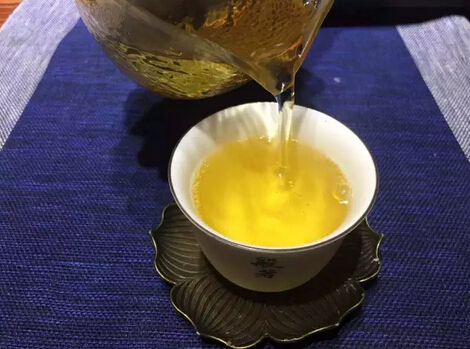What kind of tea is more beneficial for health?
Different types of tea contain varying nutrients and medicinal components, making them suitable for people with different physical conditions.
For example, those who are physically weak may drink black tea with added sugar and milk to increase energy and supplement nutrition.
Young adults in their growth phase may benefit from drinking green tea.
Women during menstruation or menopause, who may experience irritability, can drink floral teas to soothe the liver, relieve depression, and regulate menstruation.
Those who are overweight and wish to lose weight may drink more oolong tea or pu-erh tea.
People frequently exposed to harmful substances may choose green tea as a protective beverage.
Mental workers, soldiers, drivers, athletes, singers, and actors can drink high-quality green tea to enhance mental agility, maintain clarity, boost energy, and improve thinking, judgment, and memory.

How much tea should one drink per day?
The amount of tea consumed depends on habits, age, health, living environment, and customs. Generally, healthy adults with a tea-drinking habit may consume about 12 grams of tea per day, divided into 3-4 servings. Those with high physical labor intensity, greater energy expenditure, or larger food intake, especially in high-temperature environments or frequent exposure to harmful substances, may consume about 20 grams of tea per day. People who consume greasy food, smoke, or drink alcohol may also increase their tea intake appropriately. Pregnant women, children, those with neurasthenia, or tachycardia should reduce their tea consumption.
How to use tea to treat dysentery?
The polyphenols in tea can kill or inhibit various pathogens, making it effective for treating bacterial dysentery. The method involves grinding green tea into powder, consuming 3 grams of the powder, and then drinking more tea, three times a day for better results.